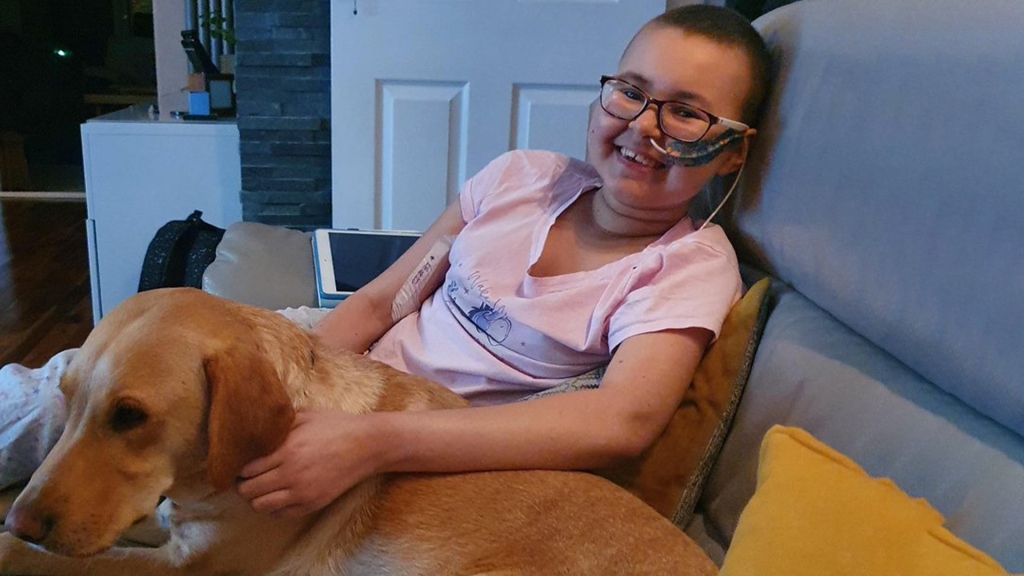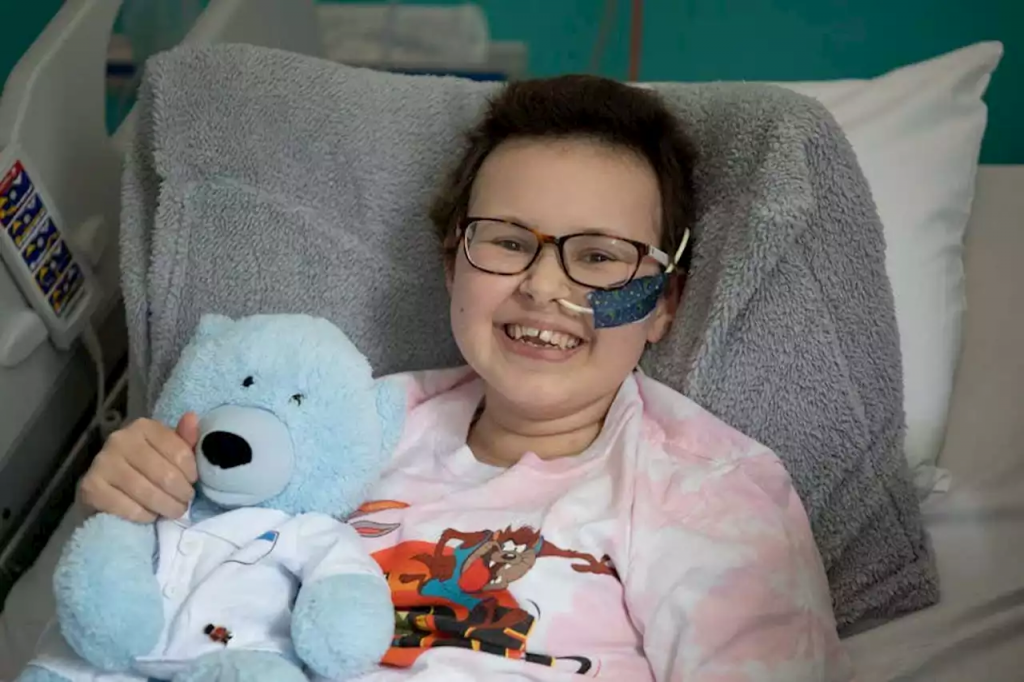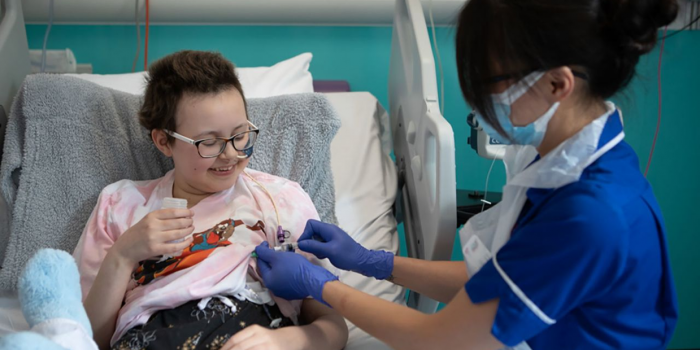For the first time, a new gene editing technique known as base editing was utilized to successfully treat a child with treatment-resistant leukemia. Alyssa, 13, was in remission a month later and is still doing well several months later.
The therapy is a variant of chimeric antigen receptor (CAR) T-cell therapy. However, instead of employing the CRISPR gene editing technology to modify the patient’s immune cells, the physician’s altered donor immune cells using the more precise base editing technique. According to a news release from University College London, the altered cells are given to the patient to “rapidly detect and destroy T-cells in the body, including leukemic T-cells.”
Alyssa’s life has been transformed through base editing. The teen from the United Kingdom was diagnosed with T-cell acute lymphoblastic leukemia, or T-ALL, in 2021. Alyssa’s illness resurfaced after chemotherapy and a bone marrow transplant, leaving palliative care as her only therapeutic choice.
Alyssa was admitted to London’s Great Ormond Street Hospital for Children (GOSH) in May to receive base-modified immune cells. Alyssa was in remission around a month after the treatment and got a second bone marrow transplant to rebuild her immune system. Alyssa is still doing well six months after her transplant.
Alyssa stated unequivocally that she would attempt the experimental therapy.
“Once I do it, people will know what they need to do, one way or another, so doing this will help people – of course, I’m going to do it,” she said in a hospital news release.

According to GOSH, Alyssa is in remission but will need to be constantly followed in the coming months to establish that she is genuinely leukemia-free.
The findings of Alyssa’s case were reported at the annual meeting of the American Society of Hematology. As a result, the team at Great Ormond Street aims to enroll at least ten more patients to evaluate the treatment.
Base editing is a safer and more precise gene editing approach than CRISPR. Researchers at Great Ormond Street Hospital and University College London used base editing to eliminate two gene markers from healthy donor T-cells, preventing the modified cells from being destroyed by the patient’s immune system or chemotherapy medications.

“It’s our most sophisticated cell engineering so far and paves the way for other new treatments and ultimately better futures for sick children,” said Waseem Qasim, a professor of cell and gene therapy at University College London who led the program that manufactured Alyssa’s donor cells, in a statement.
“This is quite remarkable, although it is still a preliminary result, which needs to be monitored and confirmed over the next few months,” said Dr. Robert Chiesa, a bone marrow transplant and CAR T-cell therapy consultant at Great Ormond Street, in the statement.


